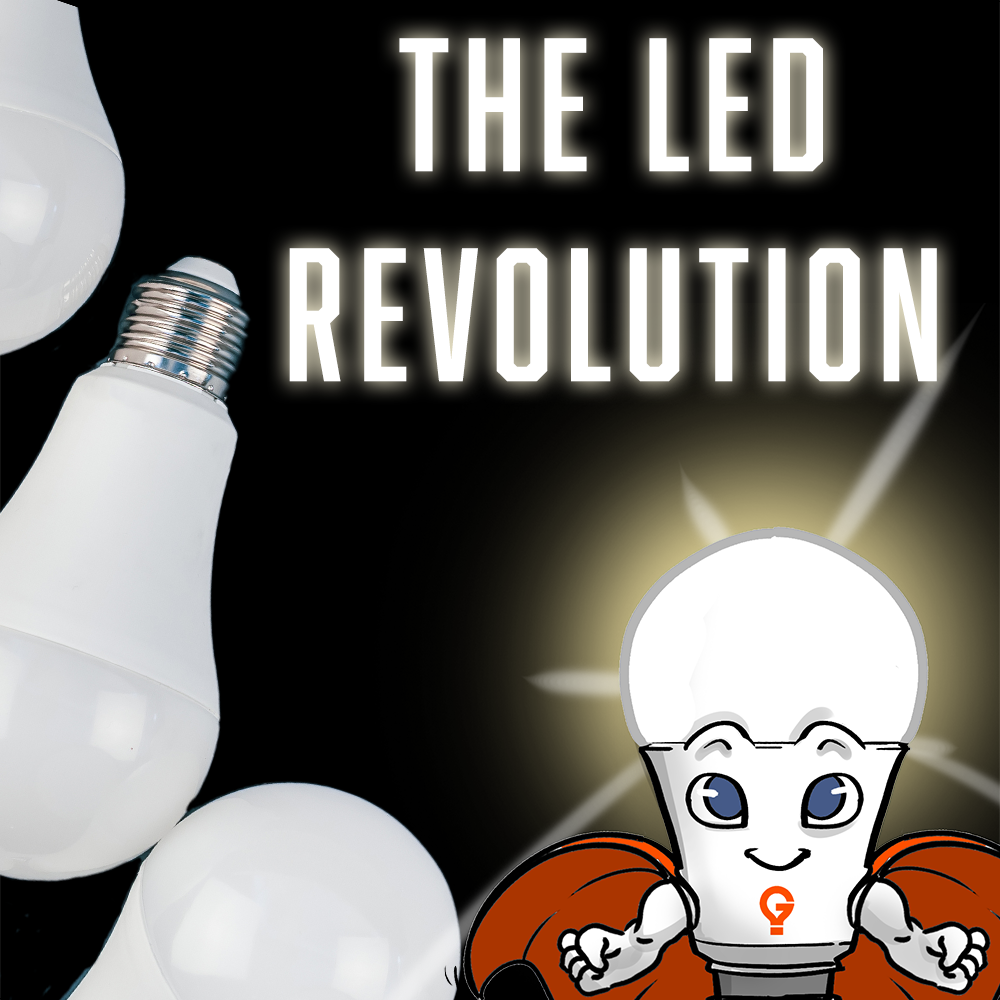Why LED Lighting Has Become the Preferred Choice
Light bulbs have undergone a remarkable evolution over the last decade. Advancements in light-emitting diode (LED) technology have transformed how we illuminate our lives. With their unmatched efficiency, extreme durability, and design versatility, LED light bulbs have firmly established themselves as the preferred lighting solution.
But what exactly spurred this LED revolution? And how do these innovative bulbs outperform antiquated lighting technologies? Let's take a deeper look at why LEDs dominate today's lighting needs across sectors.
The Efficiency Edge: Doing More With Less
At the heart of LED appeal is energy efficiency. Incandescent bulbs convert only 10% of electricity into light—the rest becomes wasted heat energy. In contrast, LEDs emit light about 90% more efficiently. This gives LEDs a massive advantage in electricity consumption:
- LEDs use up to 75% less power than halogen incandescents
- LEDs consume 60% less electricity than CFL fluorescent bulbs
- LEDs cut energy usage by a whopping 90% compared to traditional incandescent lighting
This efficiency edge has enormous implications. Over a bulb's lifetime, LEDs consume far less electricity and thus reduce energy bills substantially. Their efficiency also minimizes environmental impact. With reduced power demands, LED lighting curbs carbon emissions linked to electricity generation. For cost- and eco-conscious consumers, LEDs are the clear choice.

Built to Last: Extreme 25,000 Hour Lifespans
The lighting landscape prior to LEDs was defined by short lifespans and constant bulb replacements. Standard incandescent bulbs last just 1,000 hours—about a year of typical use. CFL fluorescents extend this to 6,000-15,000 hours.
But well-made LED bulbs smash these numbers. Quality LEDs deliver anywhere from 25,000 to 100,000 hours of illumination. At three hours of daily use, an LED bulb can shine continuously for over 20 years!
This extreme longevity translates directly into cost savings from fewer bulb change-outs. It also keeps toxic e-waste from burnt-out bulbs out of landfills. Over their lifespan, LEDs require just a fraction of the replacements other technologies need.
Let's continue examining why LEDs have become the go-to lighting choice for homes and businesses seeking value, efficiency and sustainability.

Built Tough for Resilient Brilliance
LED technology has no fragile filaments or glass components that can easily break. Instead, LEDs are based on small semiconductor diodes encased in durable plastic lenses.
This makes LED bulbs highly rugged and resistant to adverse conditions. LEDs endure vibration, shocks, drops, and extreme temps that quickly damage other bulb types.
While fluorescent tubes shatter easily, LED equivalents withstand rough handling. And outdoor LED lighting works reliably through temperature swings, humidity, dust, and bugs that degrade incandescent or halogen performance.
The U.S. Navy even uses LEDs onboard ships and submarines due to their resilience to shock and vibration. The toughness of LEDs translates into lighting you can truly depend on despite the environment.
Limitless Design Potential
Beyond efficiency and longevity, LEDs enable lighting design possibilities no other technology can match.
While incandescents and fluorescents came in relatively fixed shapes and colors, LEDs open up a world of customization. Here are some ways LEDs allow unique and innovative lighting implementations:
- Flexible shapes from bulbs to tubes to panels
- Super slim profiles for compact fixtures
- Diffused "glow" style vs harsh point source
- Color temperature tuning from warm to daylight
- Millions of possible colors including RGB smart lighting
- Dimmable from 1-100% brightness
- Two-way controllable via wireless networks
- Programmable controls and smart integration
Whether matching existing fixtures, creating mood lighting, or building a futuristic smart home, LEDs offer the versatility to bring any lighting vision to life.
The Clear Choice for Eco-Consciousness
With their extreme efficiency, LED technology is much kinder to the environment. Here are some of the sustainability benefits:
- Greatly reduced electricity consumption and power plant emissions
- Mercury-free design vs hazardous CFL fluorescent bulbs
- No UV or infrared output that can attract bugs or harm fabrics
- Enables renewable energy use with lower electricity needs
- Cut lighting-related carbon footprint by up to 90%
- LED lifespan reduces bulb disposal and landfill waste
- For consumers and organizations focused on their environmental impact, LEDs are the obvious solution. They enable greener living through lighting.

Experience Brilliance and Savings with GoodBulb
To summarize, LED technology offers revolutionary advantages: extreme energy savings, durable and resilient illumination anywhere, highly customizable lighting designs, and sustainability. It's no wonder LED bulbs are the dominant choice today.
Experience all the benefits firsthand with GoodBulb's LED lighting. Our bulbs offer guaranteed life spans up to 25,000 hours and cut electricity usage more than 80% over inefficient bulbs. By converting to GoodBulb LEDs, you can reduce energy bills and environmental impact dramatically. Learn more about our extensive LED options to illuminate your home or workspace sustainably and brilliantly.




